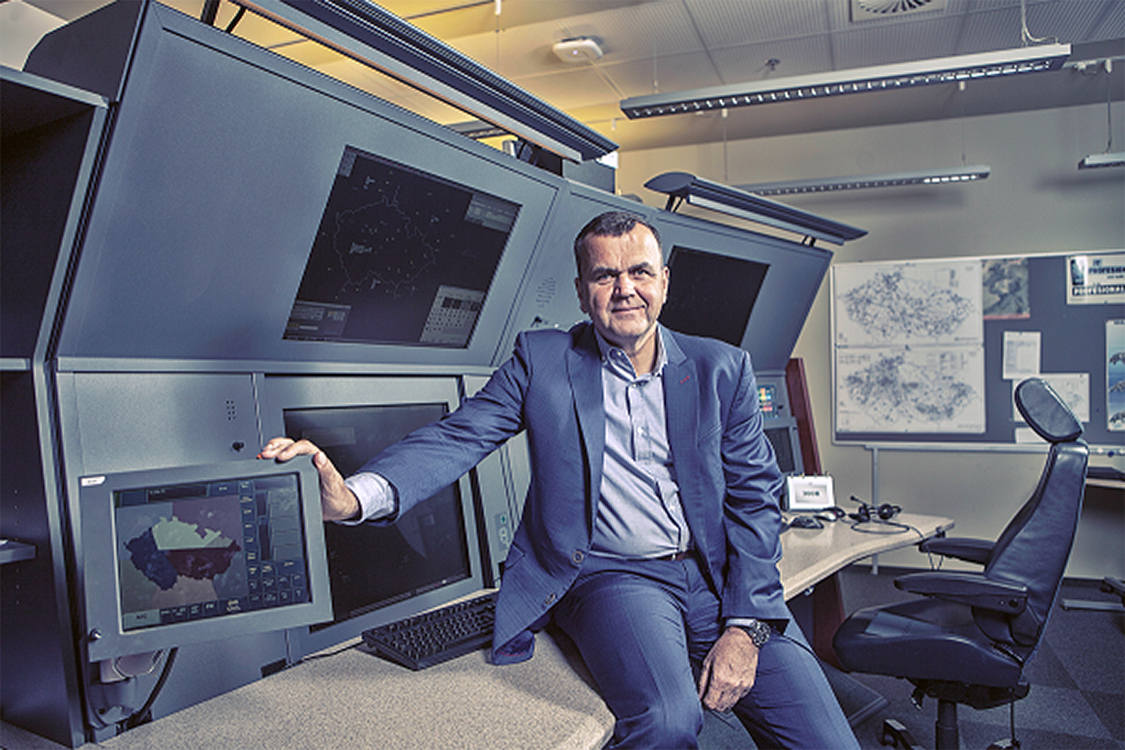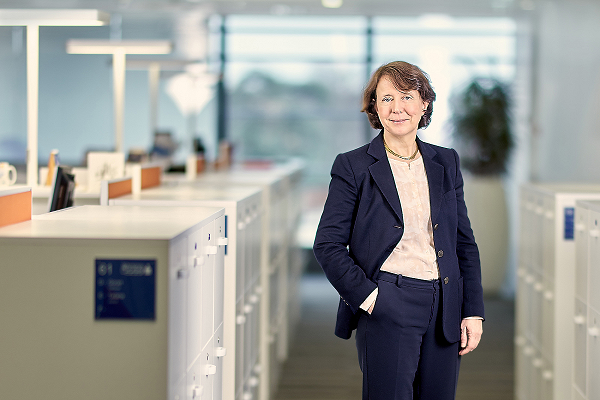Connecting people, places and possibilities

Kok Juan Han, Director General of the Civil Aviation Authority of Singapore (CAAS) and Chair, APC3, says collaboration is the key to a prosperous and sustainable future.
How can CANSO help you and regional partners achieve your goals?
The future of aviation is bright and full of promise, powered by talent and technology. This future can only be realised if we work together, on the things that matter. CANSO can help facilitate this.
What are you looking to achieve as the CEO of CAAS in the next few years?
My focus in the last year has been on bringing together the entire Singapore aviation sector to revive air travel and ramp up operations to provide a smooth and seamless travel experience as volume returns while still ensuring aviation safety.
In the years ahead, we hope to be able to catalyse cross-country collaboration and public-private partnership to make sustainable aviation viable and green travel affordable and accessible for the masses, including through sustainable ATM initiatives.
We also hope to map out a new future for aviation, one that is sustainable and powered by technology, one that continues to provide purpose, prospects and proficiency for our colleagues and one that continues to connect people, places and possibilities.
Are ANSPs doing enough to help aviation reach its net zero by 2050 goal?
Net zero by 2050 is a necessary but audacious goal. There is no clear pathway today as to how the aviation sector, a hard-to-abate sector, will be able to achieve this. We need to work on all fronts, including airports, airlines and ATM. Compared with airports and airlines, ATM initiatives are less capital expenditure heavy. They are also pragmatic measures that all ANSPs can do, unlike initiatives in the airport and aircraft domains that are harder for some countries.
Many of our ATM initiatives that will improve efficiency already help sustainability. Within the Asia Pacific region, ANSPs have been implementing initiatives like User Preferred Routes, Continuous Descent Operations, Continuous Climb Operations and Direct Routing. At CAAS, we implemented the wake turbulence separation minima (based on ICAO’s wake turbulence re-categorisation) this year. An Approach Spacing Tool was also implemented to provide an advisory to the air traffic controller to optimally position arrivals on approach to the runway. This reduces aircraft holding in the air and results in overall improvement in runway efficiency, reducing delays and fuel burn for airlines.
There is great potential for us to do more, by reframing ATM initiatives using the sustainability lens, accelerating implementation and driving collaboration across ANSPs.
Can an ANSP be both efficient and lean in good times and resilient in times of crises? In other words, how do you prepare for shocks and remain cost-effective?
As ANSPs, we have a responsibility to provide safe, efficient and reliable air navigation services to airlines at all times – in good times and during crises. But the cost of ATM provision and of providing for contingencies will rise significantly. To stay cost-effective, we need to leverage technology and new concepts of operations so that our ATCOs are a lot more effective and efficient in what they do. We also have to collaborate a lot more across ANSPs to share cost and expertise.
Have there been any lessons learned about ATCO training and how might it be improved in future?
COVID-19 has underscored the importance of sustaining our air traffic controllers as a critical workforce and of maintaining their proficiency, particularly through air traffic control simulator training. The younger generation are digital natives. We need to better leverage technology and new teaching methodologies, such as game-based learning, which can attract the young to join us and make training more effective.
Within Asia Pacific, CANSO has brought together aviation training experts to discuss andragogy [adult training]. We hope to see more of such initiatives to share and deepen insights on new tools and methods to transfer ATC knowledge and skills.
How are you increasing ATM capacity after two difficult years?
The Civil Aviation Authority of Singapore (CAAS) invests heavily in new concepts and technology to enable our air traffic controllers (ATCOs) to provide better air navigation services.
During COVID, we took advantage of the lull in traffic to work with other air navigation services providers (ANSPs) and stakeholders to accelerate various air traffic management (ATM) trials, including the Long-Range Air Traffic Flow Management (LRATFM) initiative to regulate long haul arrival flights through time-based spacing and the Multi-Regional Trajectory-Based Operation (TBO) Laboratory Demonstration to develop and demonstrate key capabilities.
The Laboratory Demonstration provided many valuable lessons for our work on the Flight and Flow Information in a Collaborative Environment (FF-ICE) initiative. As the global aviation sector emerges from the COVID-19 pandemic, we look forward to resuming and stepping up collaborations with the International Civil Aviation Organization (ICAO), other states, ANSPs and airlines to implement new ATM initiatives.



